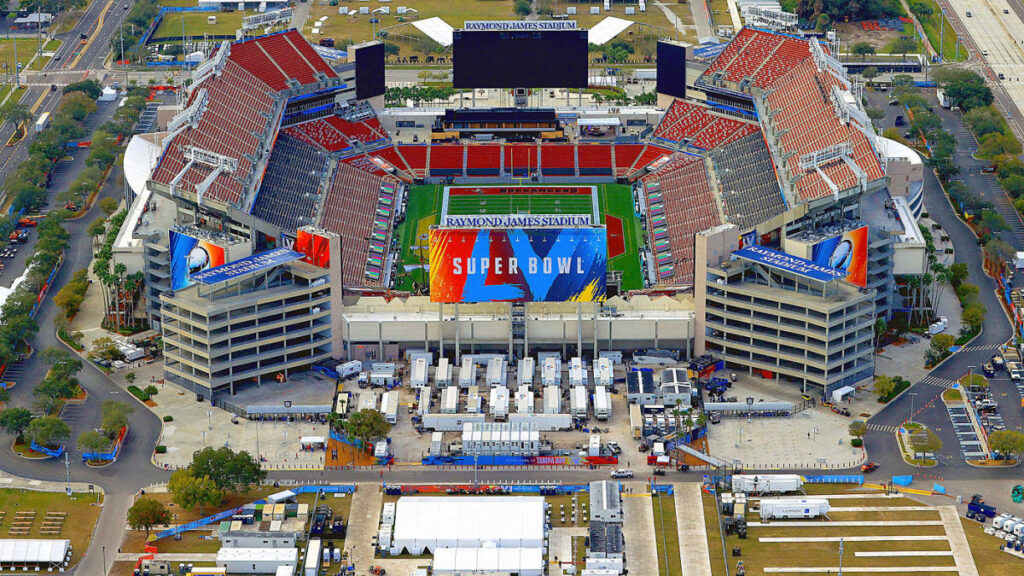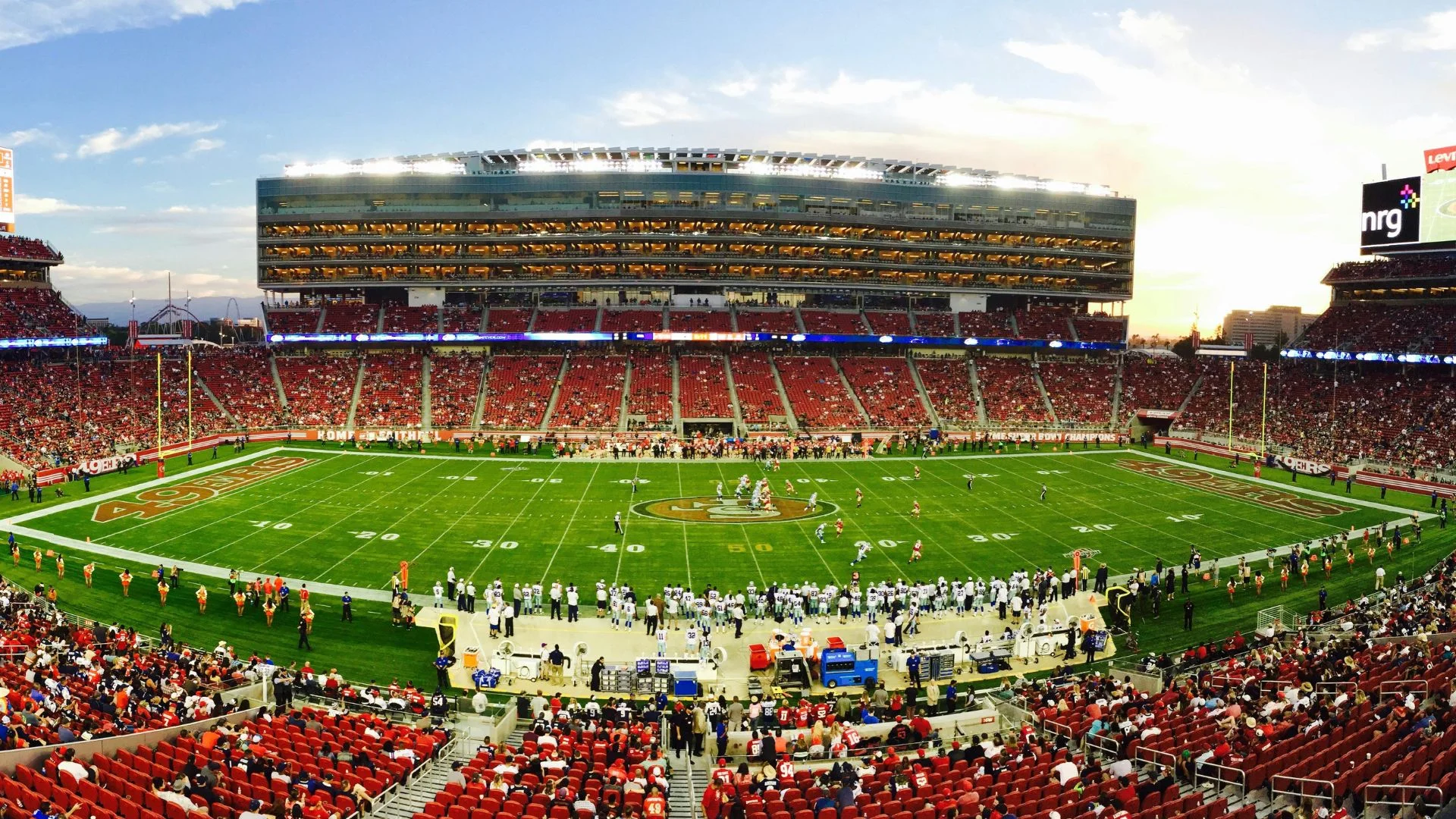The Economic Impact of the Super Bowl: More Than Just a Game
The Super Bowl is more than the crowning event of the NFL season—it’s a massive economic force that has significant financial implications for host cities, advertisers, businesses, and even individuals. The event generates billions of dollars in revenue each year, making it a key driver of economic activity across multiple sectors. This blog explores the various dimensions of the Super Bowl’s economic impact, from tourism and infrastructure investments to advertising and television revenues, supported by recent data and case studies.

1. Super Bowl and Host City Economic Impact
Hosting the Super Bowl is a prestigious honor that cities compete fiercely for, largely due to the expected economic windfall it brings. According to Forbes, the economic impact of the Super Bowl on host cities typically ranges from $300 million to $500 million. This includes direct spending on lodging, transportation, food and beverages, entertainment, and retail purchases by tourists.
Case Study: Super Bowl LIII (2019) in Atlanta
One prime example is Super Bowl LIII, which was held in Atlanta, Georgia, in 2019. The event was projected to generate over $400 million for the local economy. The city reported a surge in tourism, with over 150,000 visitorscoming to Atlanta for Super Bowl-related events. According to a report by the Metro Atlanta Chamber, hotels experienced an occupancy rate of 95% or higher during Super Bowl weekend, with average daily room rates exceeding $400.
Local businesses, especially those in the hospitality and service industries, also saw significant boosts in revenue. Restaurants and bars around Mercedes-Benz Stadium were packed with customers, many of whom spent upwards of $100per person on food, drinks, and entertainment.
Long-Term Infrastructure and Investment Benefits
In addition to immediate economic gains, the Super Bowl often leads to long-term infrastructure improvements. To prepare for hosting Super Bowl LIII, Atlanta invested over $1.6 billion in building the Mercedes-Benz Stadium, which has since become a key venue for sports and entertainment events. While this is a massive upfront investment, the stadium continues to attract major events, bringing in sustained economic benefits for the city.
2. Tourism and Hospitality Industry Benefits
One of the most immediate and noticeable impacts of the Super Bowl is on the tourism and hospitality sectors. Thousands of visitors flock to the host city, spending money on hotels, restaurants, transportation, and entertainment. According to the NFL, the Super Bowl can bring 100,000 to 150,000 visitors to a host city, many of whom stay for several days before and after the game.
For example, Super Bowl LIV in Miami in 2020 was estimated to generate $572 million for the local economy, according to the Miami Super Bowl Host Committee. Hotels across the city experienced skyrocketing rates, with average room prices increasing by 200-300% during Super Bowl weekend. In addition, Miami International Airport reported more than 85,000 passengers arriving daily in the days leading up to the game, contributing to a significant increase in tourism revenue.
3. Advertising Revenue and the Business of Super Bowl Commercials
The Super Bowl is not just a sports event; it’s also one of the most significant annual platforms for advertisers. Brands spend millions on Super Bowl commercials to reach the game’s massive audience. In recent years, the cost of a 30-second ad slot during the Super Bowl has surpassed $5 million, with some spots reaching as high as $7 million.
The Power of Super Bowl Advertising
Despite the hefty price tag, the potential return on investment for companies can be significant. Super Bowl ads have the ability to reach over 100 million viewers in the U.S. alone, making it a valuable opportunity for brands to launch new products or create memorable ad campaigns. A well-executed Super Bowl commercial can go viral, gaining additional exposure through social media and online platforms, further extending its reach.
For example, the 2020 Super Bowl LIV saw Fox rake in approximately $448 million in ad revenue. Ads from companies like Amazon, Budweiser, and Pepsi became some of the most talked-about moments of the game, often garnering more attention than the game itself.
4. Broadcasting and Media Revenue
The Super Bowl is a financial powerhouse for the broadcasting networks that carry the game. Over the past decade, the broadcast rights for the Super Bowl have generated billions of dollars in revenue for networks like CBS, NBC, and Fox. According to Statista, the 2021 Super Bowl LV generated approximately $545 million in ad revenue for CBS.
Case Study: Super Bowl LV (2021)
Super Bowl LV, held in Tampa, Florida, was an anomaly due to the COVID-19 pandemic, which limited in-person attendance and caused many events to be held virtually. Despite these challenges, the game, which featured the Kansas City Chiefs and Tampa Bay Buccaneers, attracted 96.4 million viewers, making it the least-watched Super Bowl since 2007. However, it still managed to bring in substantial ad revenue and viewership across streaming platforms.
With the rise of streaming services, the way people consume the Super Bowl has been evolving. Networks are increasingly offering live-streaming options, which have expanded the game’s audience and provided new revenue streams through digital advertising. In 2021, Super Bowl LV had 5.7 million viewers from streaming platforms, a significant increase from previous years.

5. Economic Impact of Super Bowl Sponsorships
The NFL also profits significantly from corporate sponsorships associated with the Super Bowl. Companies pay millions to be the “official” partner of the event. Pepsi, for example, sponsors the Super Bowl halftime show, a coveted branding opportunity that is seen by millions worldwide. These sponsorship deals generate additional revenue streams that contribute to the overall economic impact of the event.
In Super Bowl LIV, sponsorship revenue reached $336 million, with top-tier brands like Verizon, Pepsi, and Anheuser-Busch taking center stage. Sponsorship deals are long-term investments that extend beyond just the game itself, encompassing pre-event promotions, on-site activations, and digital campaigns.
6. The Economic Impact of COVID-19 on the Super Bowl
The COVID-19 pandemic had a significant effect on the Super Bowl in 2021, when Super Bowl LV was held at Raymond James Stadium in Tampa, Florida. Due to health and safety regulations, only 25,000 fans were allowed in the stadium, a sharp reduction from the usual attendance of over 60,000. This had a ripple effect on the local economy, particularly in the hospitality and tourism sectors, which rely heavily on visitor spending during Super Bowl weekend.
Despite these challenges, Tampa still managed to generate an estimated $280 million in economic activity, according to the Tampa Bay Super Bowl LV Host Committee. Although this was lower than pre-pandemic estimates, it demonstrated the resilience of the Super Bowl as an economic engine, even in times of crisis.
Conclusion: A Game-Changing Event
The Super Bowl is not just a game—it’s a major economic event that drives hundreds of millions of dollars into host cities, broadcasting networks, advertisers, and businesses across the country. From tourism and hospitality to advertising revenue and infrastructure development, the economic impact of the Super Bowl reaches far beyond the football field.
Despite challenges like the COVID-19 pandemic, the Super Bowl remains a key driver of economic activity and cultural significance in the United States. As the event continues to grow and adapt to new technologies and global audiences, its economic impact will only increase in the years to come.
References
- Forbes: Super Bowl’s Economic Impact on Host Cities
- Statista: Super Bowl LV Broadcasting Revenue
- NFL: Super Bowl LIV Economic Report
- Metro Atlanta Chamber: Super Bowl LIII Impact Report






